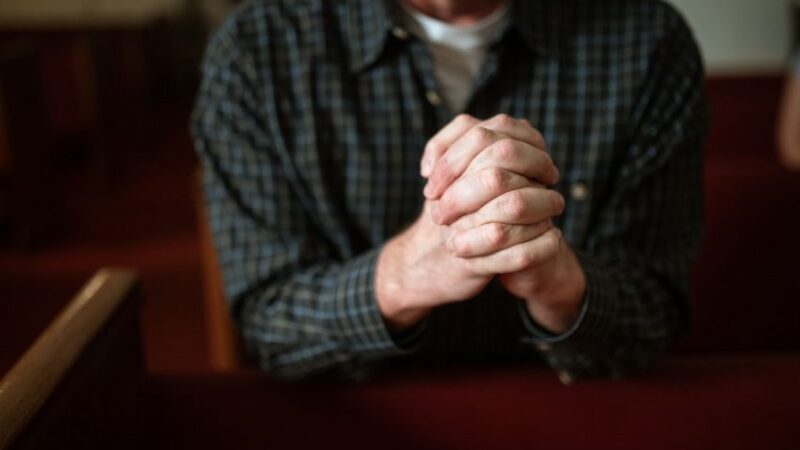How to Prove the Negligence of a Property Owner in a Premises Liability Case
Getting hurt on someone else’s property, whether that’s a store, home, or business, is stressful enough. Having to prove that your injuries are their fault in a premises liability case can feel like an unfair hurdle. But understanding more about what negligence is and the possible ways to show it in court can help you overcome this challenge and win your case.

What Does Negligence Mean Here?
Negligence in premises liability cases is the poor upkeep and maintenance of a property to the extent that it’s caused an injury. When someone owns the property, they have a responsibility to make sure that anyone who’s legal there is reasonably safe from known or recognizable hazards. This is called the duty of care, and when the property owner is careless, that’s negligence. They failed to uphold that responsibility, the conditions were there for someone to get hurt, and you were harmed. A key part of proving the premises liability is demonstrating that the property owner’s inaction caused your injury, and getting a lawyer to help you can be instrumental to your success. There are several ways to do this, but here are a few of the most common.
The Property Owner Was Notified of Potential Hazard
If the property owner was alerted to a problem or potential problem and did not take the necessary actions to resolve it, they may be legally responsible for any harm that comes to them. Depending on your case, the method of the notification may be relevant. If you lease an apartment, did you follow the terms of the lease in reporting your observations or concerns? Was the property owner cited by the municipality for violations like failing to remove snow from the sidewalk? Do you have text messages or emails that point out the hazard to the property owner?
The Potential Hazard Should Have Been Recognizable
Some possible hazards are pretty common sense, like spilled liquids on the floor of a store. A reasonable person would see that and understand that it presents an obvious risk of someone slipping and falling. Other recognizable hazards could include snow or ice removal after a storm.
The Property Owner Did Not Follow the Law
A property owner is required by law to maintain premises to a certain standard, and that standard can change over time as improvements are made to the property. Examples include not putting a fence around an outdoor pool or failing to keep dogs fenced in by a structure that’s too low, allowing the animals to climb and escape from the yard when you are present on the sidewalk.
You Have Documentation of the Injury
In today’s world, where security cameras are very common, there is a good chance that CCTV footage exists that shows the exact moment of your injury. If you do not have access to this material but believe it exists based on the presence of cameras in the area, an attorney could assist you with obtaining and examining that footage. When there’s no camera coverage of the area, taking photographs of the area may be sufficient. Documentation may also include things like weather reports or failed municipal inspections, depending on the circumstances of the incident.
You Have Documentation of the Injury-Causing Event
In today’s world, where security cameras are very common, there is a good chance of CCTV footage existing that shows the exact moment of your injury. If you do not have access to this material but believe it exists based on the presence of cameras in the area, an attorney could assist you with obtaining that footage and examining it. When there’s no camera coverage of the area, taking photographs of the area may be sufficient. Documentation may also include things like weather reports or failed municipal inspections, depending on the circumstances of the incident.
Stay Focused to Win Your Case
When it comes to premises liability cases, it’s crucial to think critically about the property owner, their breach of duty, and how that directly caused your injury. Using this framework to identify and gather pieces of evidence that prove your case before a judge or jury is the best way to succeed in winning your lawsuit and getting the compensation you deserve for pain and suffering as well as any economic hardship you have experienced or expect to continue to experience for the rest of your life.

Deepa Mahar is an independent blogger and admin of DeepAdvices who is exploring the beauty of the blog writing from a variety of subjects and books to health, science and others. She believes the blog would be helpful to the reader in the context of knowledge. She is post-graduated with a degree of Biotechnology.






